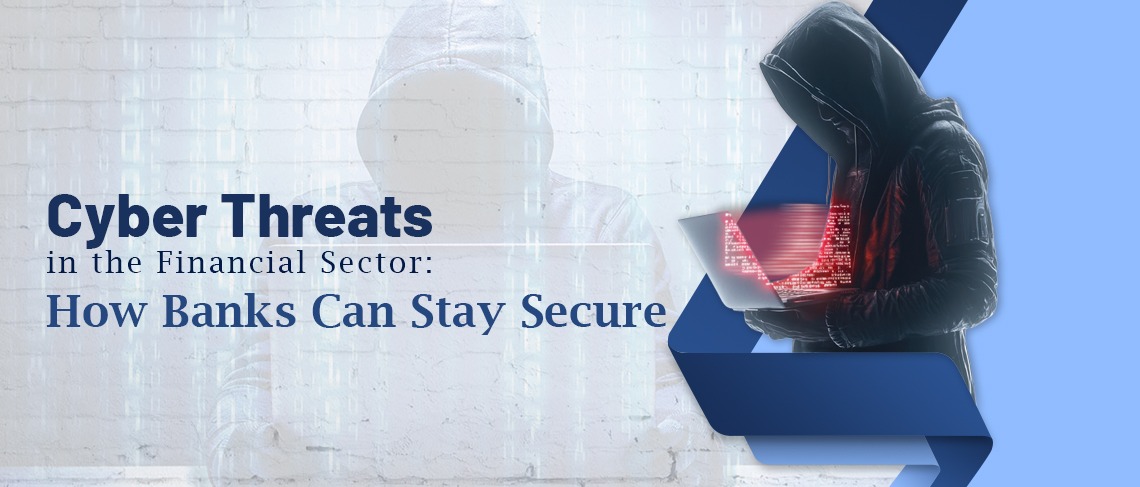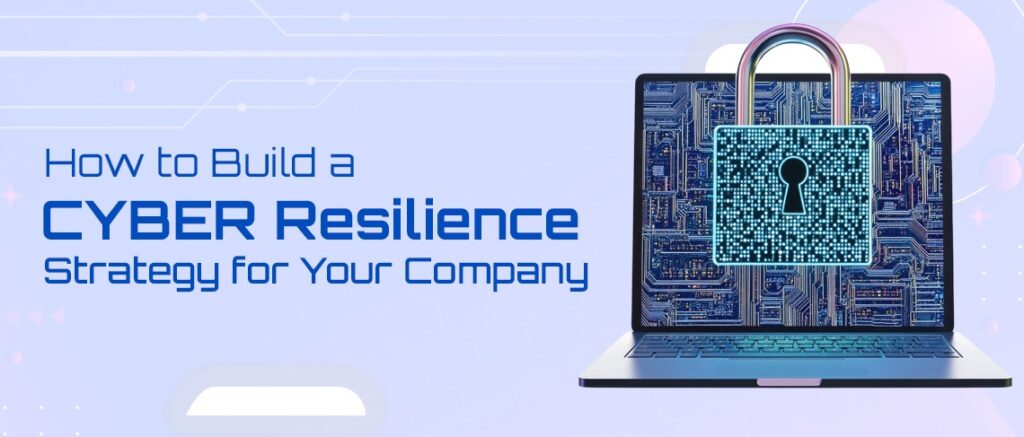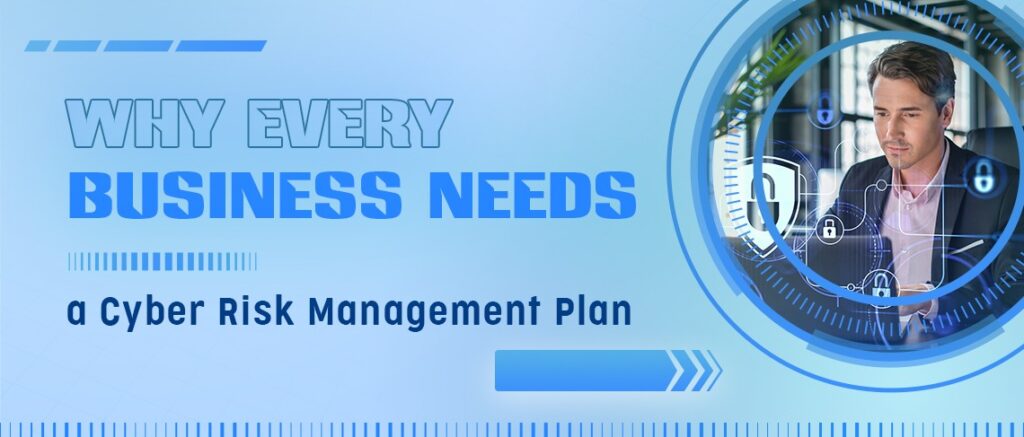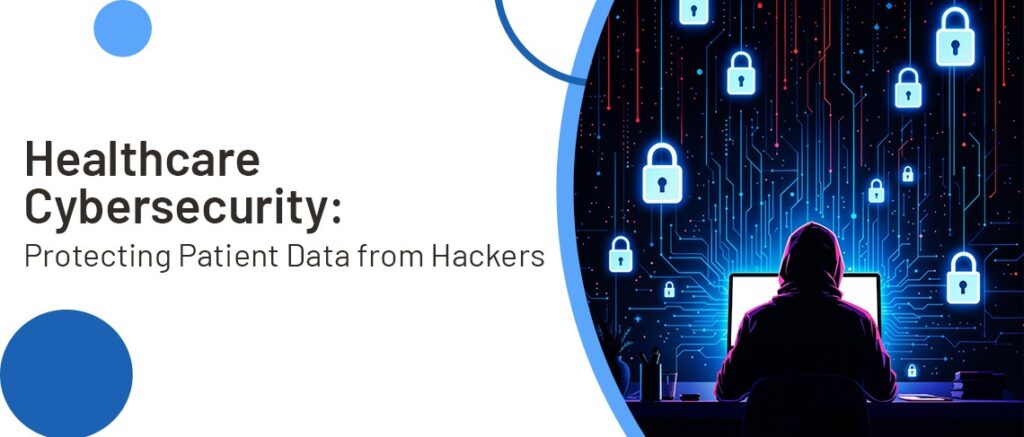The financial sector is under siege. With the rapid adoption of digital banking and other financial technologies, cybercriminals are increasingly targeting banks and financial institutions. No one is immune—not even the largest, most prominent players. Cyber threats have the potential to bring down financial systems, disrupt economies, and wipe out customer trust.
This weblog post will discover the most unusual cyber threats confronting the economic region, actionable techniques banks can take to bolster their defenses, and examples of successful cyber security assessment services UAE practices that banks can research from. Whether you’re a bank government, an IT supervisor, or truly a curious individual, this guide gives valuable insights into how economic establishments can stay a step in advance of cyber criminals.
Common Cyber Threats Facing the Financial Sector
Cyber threats focused on banks have become more and more state-of-the-art. Below are the most commonplace sorts of attacks that monetary institutions have to cope with:
Phishing Attacks
Phishing is one of the maximum pervasive and perilous forms of cybercrime. This form of attack involves tricking employees or clients into revealing sensitive information, consisting of login credentials, via pretending to be a legitimate source, such as a dependent on a colleague, provider, or financial institution.
For example, a 2022 phishing campaign focused on financial institutions in Europe through emails disguised as requests from regulatory bodies. Employees unknowingly clicked on malicious hyperlinks, compromising their systems and exposing important information.
Malware and Ransomware
Both malware and ransomware are distinctly detrimental cyber threats to the financial region. Attackers use malware to infiltrate structures and scouse borrow touchy patron or operational facts. Ransomware takes this one step further by using encrypting a bank’s complete digital infrastructure and traumatic a ransom to release it.
For example, in a high-profile 2021 ransomware attack, a economic services corporation confronted needs for hundreds of thousands of dollars to regain get entry to to its encrypted systems. Such incidents not only disrupt operations but also harm reputations.
DDoS Attacks
Distributed Denial of Service (DDoS) assaults intention to overwhelm a bank’s on line systems and render them inoperable. By flooding servers with an immoderate number of requests, attackers can carry vital services, along with on-line banking or transaction processing, to a grinding halt.
A most important Middle Eastern bank fell sufferer to a massive-scale DDoS assault in 2020, which left its clients unable to get admission to their accounts for hours. Events like those can decrease purchaser believe and loyalty.
Insider Threats
Cyberattacks don’t constantly come from outside hackers. Insider threats, whether or not intentional or unintended, pose a considerable danger. A worker may misuse entry to privileges or inadvertently reveal systems to vulnerabilities.
For instance, an employee in a U.S.-based economic organization inadvertently uploaded touchy purchaser facts to a public cloud garage provider with out right encryption. While no malicious cause was worried, the results of such mistakes may be simply as severe as planned attacks.
How Banks Can Enhance Security Measures
Banks can not have the funds for to stand idle. Here are techniques they can put in force to improve their defenses against cyber threats:
Multi-Factor Authentication (MFA)
MFA provides an additional layer of safety beyond just a password. By requiring verification through a secondary technique, consisting of a textual content message code or biometric identity, banks can notably reduce the risk of unauthorized get entry.
For instance, JP Morgan Chase applied MFA in any respect customer get entry to points, substantially improving the security of its online banking offerings.
Regular Security Audits
Security exams need to no longer be a one-and-done interest. Continuous audits ensure systems are updated with today’s patches, and vulnerabilities are recognized and resolved rapidly. Audits additionally assist banks adhere to regulatory requirements.
Employee Training Programs
Employees often serve as the first line of protection, and that they want to be nicely organized. Banks need to spend money on comprehensive cybersecurity education, coaching personnel approximately phishing processes, steady records handling practices, and how to spot suspicious interest.
In exercise, this has established effective. A European bank decreased phishing incidents by over 60% after implementing a mandatory education software for all personnel.
Advanced Threat Detection Systems
Banks need to prioritize cutting-edge generation to detect and respond to suspicious interest in actual time. Advanced hazard detection systems powered with the aid of synthetic intelligence (AI) can identify anomalies, stopping breaches before they strengthen.
HSBC, as an example, makes use of AI-pushed systems to monitor its structures, permitting it to hit upon fraudulent transactions in development and blocking them within minutes.
Lessons From Successful Cybersecurity Strategies
Case Study 1: Wells Fargo’s Cybersecurity Investment
Wells Fargo has consistently emphasised cybersecurity investments, dedicating billions annually to safeguarding its structures. By integrating AI-based chance detection, massive employee awareness applications, and partnering with cybersecurity firms, the institution has finished one of the lowest incidences of cyberattacks amongst its friends.
Case Study 2: Cyber Alliance Among Financial Institutions
A consortium of banks inside the Asia-Pacific place released a cyber chance data-sharing alliance. By pooling their sources, they more advantageous their abilities to perceive evolving threats and set up preventive measures throughout the sector.
Case Study 3: Bank of America’s Customer Protection Policies
Bank of America goes the extra mile with the aid of imposing sturdy patron-side safety features, which includes choose-in signals for unusual transactions, dynamic credit score card authorization, and widespread fraud safety services. This multi-layered method has located them as a leader in securing patron agree with.
Always Stay One Step Ahead
Cyber threats will only keep to adapt, making it essential for the monetary zone to stay constantly vigilant. Implementing sturdy measures like multi-issue authentication, high-tech detection systems, and ongoing employee education are critical to staying in advance of malicious actors. Furthermore, sharing knowledge and forming alliances between economic institutions can expand collective security efforts.
Are you organized to bolster your organization’s defenses? Start by engaging in an intensive assessment of your modern cybersecurity framework and figuring out regions for improvement. Remember, in cybersecurity, proactivity always trumps reactivity.



